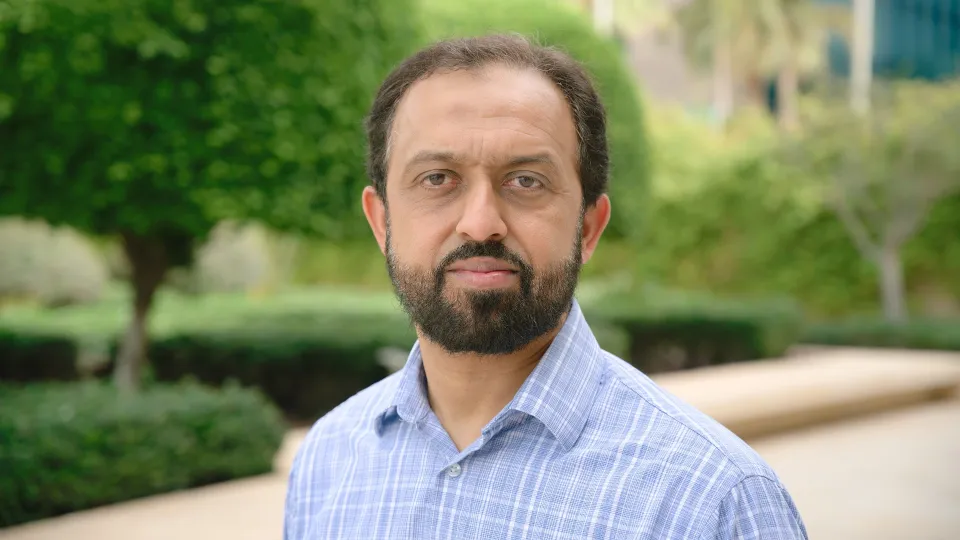
Prof. Shamim gave a talk in the NSF conference and discussed how for the Internet of Things (IOT), billions of sensors with wireless capabilities can be placed on objects or dispersed in the environment so that they can sense parameters of interest and communicate the data to other objects for smart decisions making.
About
Prof. Shamim gave a talk in the NSF conference and discussed how for the Internet of Things (IOT), billions of sensors with wireless capabilities can be placed on objects or dispersed in the environment so that they can sense parameters of interest and communicate the data to other objects for smart decisions making. He mentioned that in order to fulfill the requirements of billions of IoT sensors every year, a paradigm shift is required in manufacturing. That is where additive manufacturing comes into play as it has distinct advantages for low cost and large volume manufacturing of electronics. It is a completely digital process that does not require expensive masks or fabrication steps and excess material is not removed and wasted like typical subtractive methods. With inkjet, screen and gravure printing methods, roll-to-roll and real-to real processing are possible, enabling the realization of millions of devices per minute.
